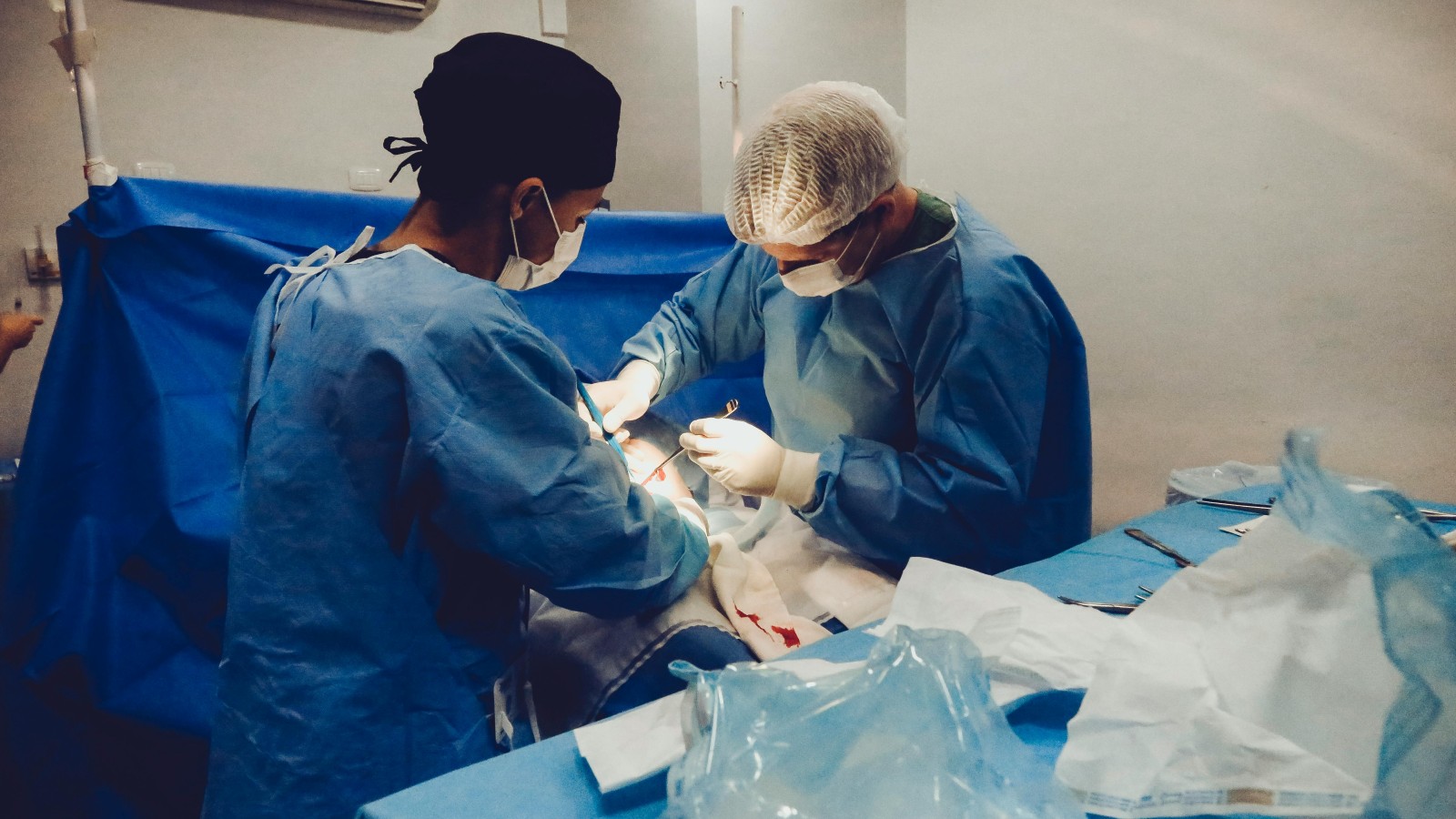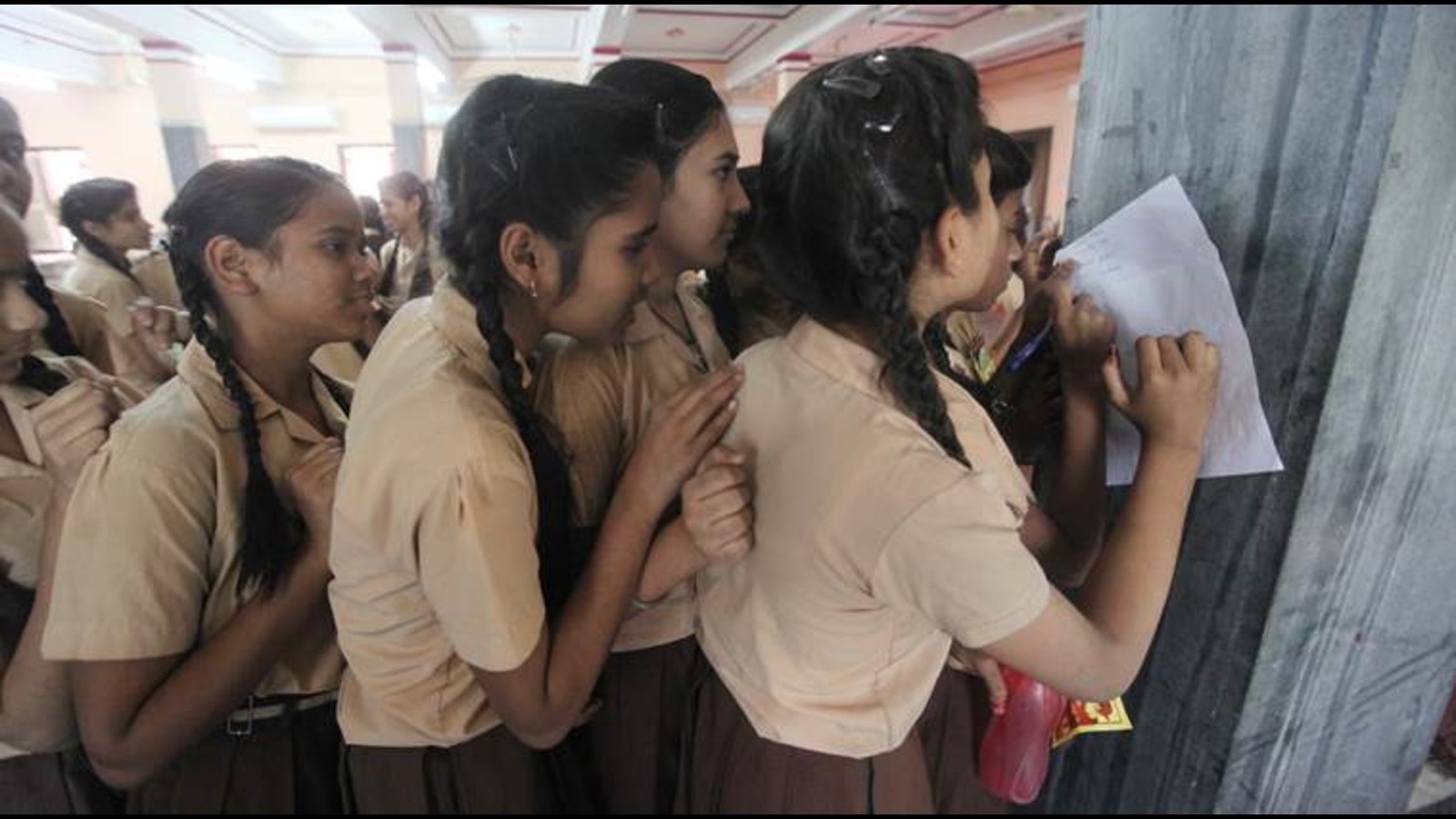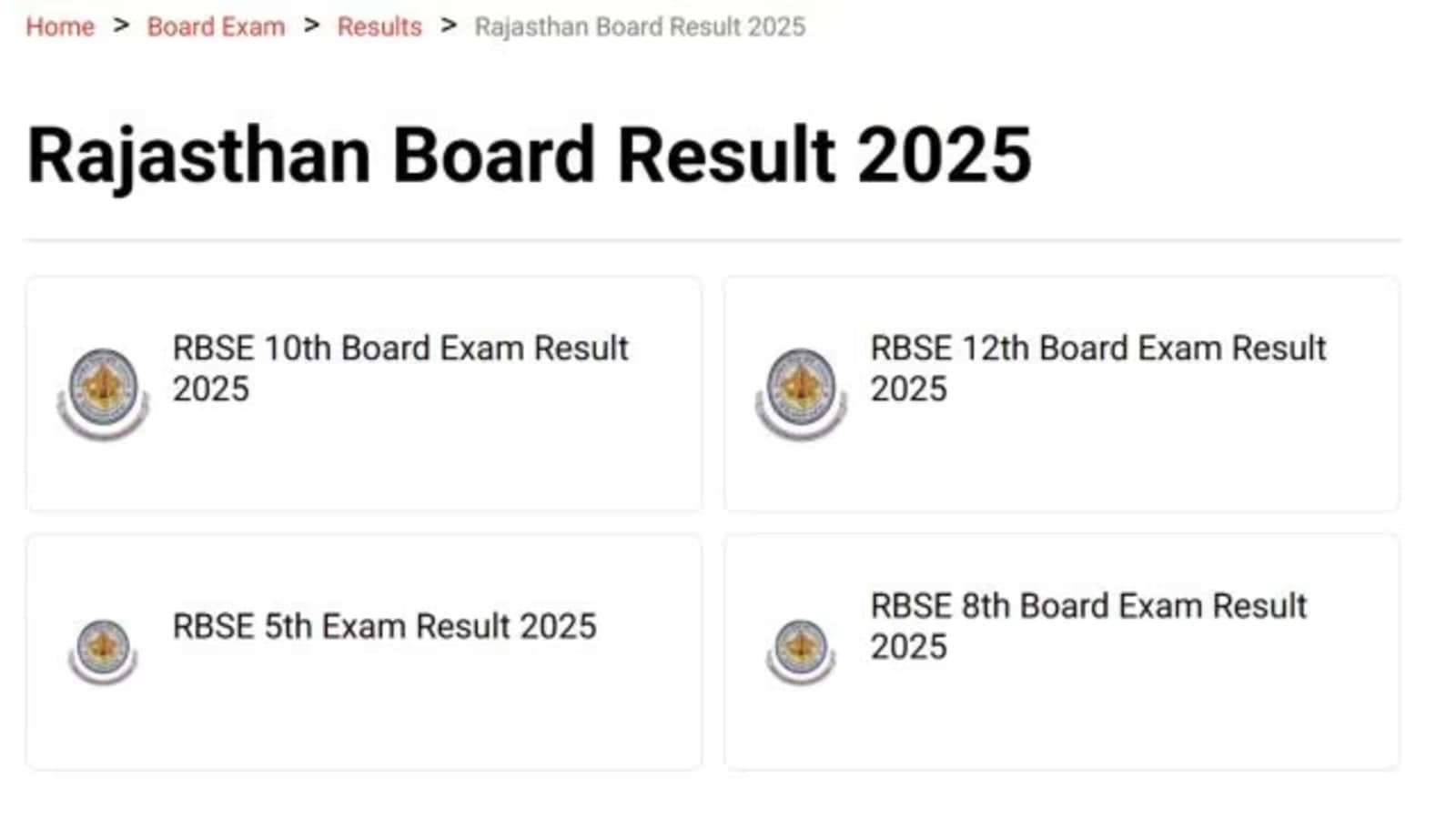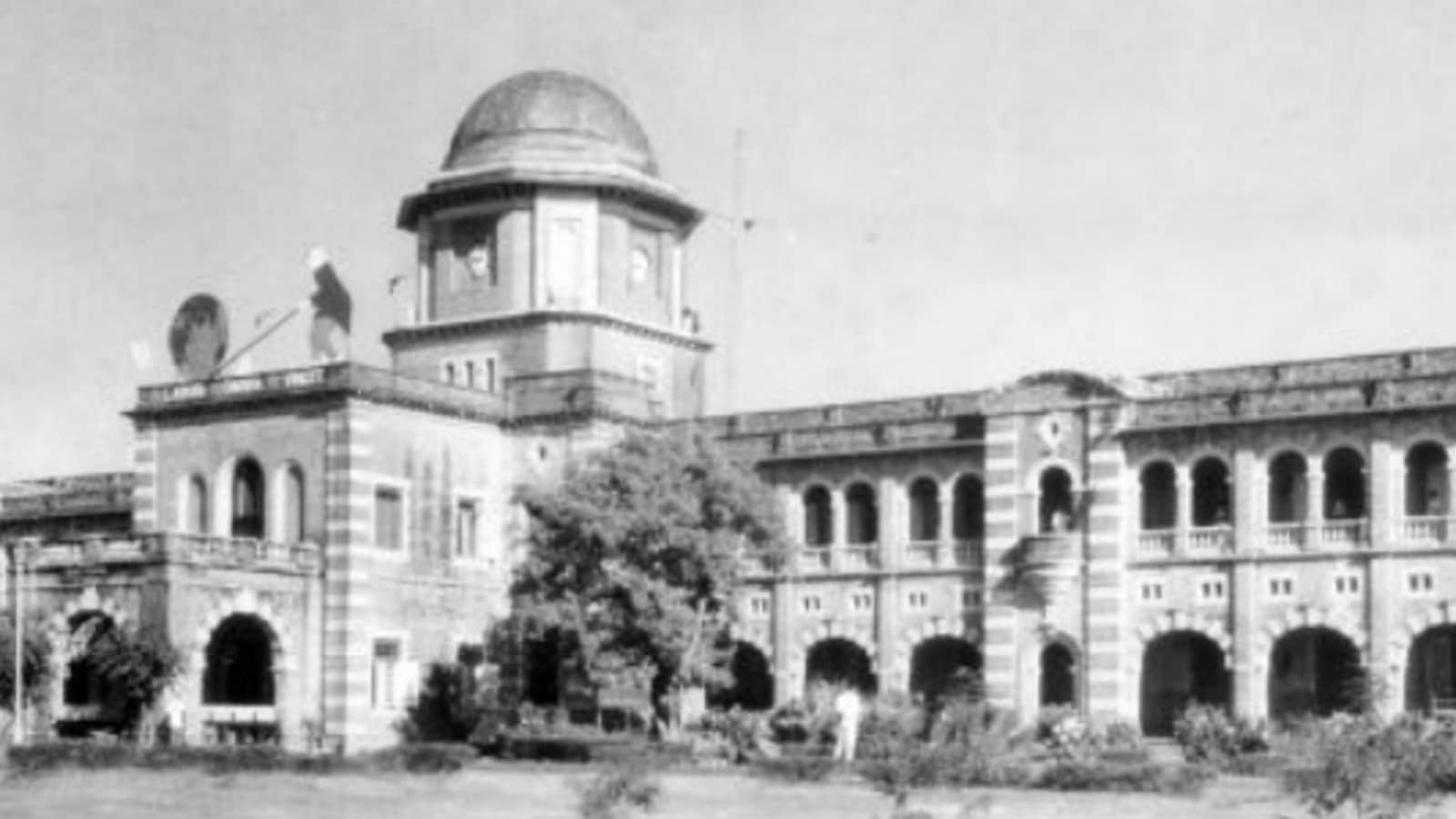As Indian medical aspirants face increasing competition, limited seats, and rising costs domestically, many are turning to emerging global destinations for MBBS and equivalent degrees. Georgia, in particular, has seen a steady rise in popularity, driven by a mix of affordability, English-medium instruction, and streamlined visa processes.
For students unable to secure a government medical seat in India or seeking a cost-effective path to an international medical career, Georgia is quickly becoming a preferred alternative. Against this backdrop, here’s a detailed look at what Georgia offers to Indian students considering medical education abroad.
Visa policy in Georgia for Indian students
Georgia maintains a relatively student-friendly visa regime, which is one of the reasons it’s gaining traction among Indian medical aspirants. The process is straightforward: students typically apply for a D3 visa after securing admission, and approvals are faster compared to more complex visa frameworks. Most students receive a one-year student visa initially, which is renewable annually.
There’s no entrance exam or NEET-equivalency for entry into Georgian universities, though NEET qualification remains essential for FMGE later.
Popular medical courses/specialisations in Georgia
The core draw for Indian students in Georgia is the MD program, equivalent to the MBBS, taught entirely in English and structured over six years. What’s emerging now is a greater institutional focus on clinical exposure, especially in the final two years. Students are increasingly attracted to universities that offer integrated hospital training and early patient interaction.
There’s also rising interest in niche areas like radiology, surgery, and internal medicine, especially where the curriculum is aligned with USMLE or FMGE outcomes. Some universities are even introducing simulation-based learning modules, mirroring Western pedagogical trends.
Best time to apply for Class 12 students graduating in 2026
Story continues below this ad
For a student graduating Class 12 in 2026, the ideal timeline would be to begin shortlisting universities and preparing documentation by October 2025. Most Georgian medical universities open applications for their autumn intake which starts around September; so applying between January and April 2026 gives enough buffer for admissions, visa processes, and travel.
This ensures there’s no gap year, and students transition smoothly post-NEET. Unlike in some other countries, Georgian universities don’t mandate a separate entrance exam, so planning ahead is about paperwork readiness and ensuring NEET eligibility is intact for FMGE recognition down the line.
Indian student enrolments in Georgia over the past few years
Georgia has seen a sharp rise in Indian medical student enrolments, from around 8,000 in 2021 to 12,000–16,000 by 2024. Medical education in Georgia also gained traction during the pandemic years, when travel restrictions and cost constraints made students look beyond the traditional big-four destinations. At Leverage Edu, there has been a sustained increase in queries for Georgia’s medical programs, reflecting a shift in mindset where students are seeking practical, cost-efficient pathways to a medical career even outside the West.
Top institutions with high concentrations of Indian students
Story continues below this ad
Tbilisi State Medical University (TSMU) leads the pack; it’s one of the oldest and most respected institutions, with a large Indian student cohort. Others like University of Georgia (UG), Caucasus International University (CIU), European University, New Vision University, and David Tvildiani Medical University also have significant Indian enrolments.
These universities often have dedicated Indian student cells, cultural associations, and even tie-ups for Indian food, creating a more supportive ecosystem. Institutional familiarity with the FMGE structure is another factor that shapes student preferences.
Cost of pursuing medical education in Georgia
Affordability is a major reason why Georgia stands out for Indian students. On average, tuition fees range between USD 4,000 to 8,000 per year. Living expenses in cities like Tbilisi are also relatively moderate, most students manage within USD 300 to 500 per month, covering accommodation, food, and transit. That puts the total annual spend, including tuition and living, around INR 5.5 to 7.7 lakhs. Compared to the 5–6x higher cost in destinations like the US or Australia, it’s a compelling value proposition, especially for students focused on long-term returns and regulatory recognition back home.
Placement prospects and FMGE readiness
Georgia’s medical universities are becoming increasingly aware that the real test for Indian students comes after graduation through the FMGE. As a result, several institutions now offer dedicated FMGE preparation modules, often in partnership with Indian faculty or coaching partners. Some universities also integrate elements of the USMLE curriculum, giving ambitious students optionality to explore the US later. The real value here lies in how these programs are evolving to support global test-readiness, equipping students not just for India, but for a wider world of medical opportunity.
Author is founder and CEO of Leverage Edu.



